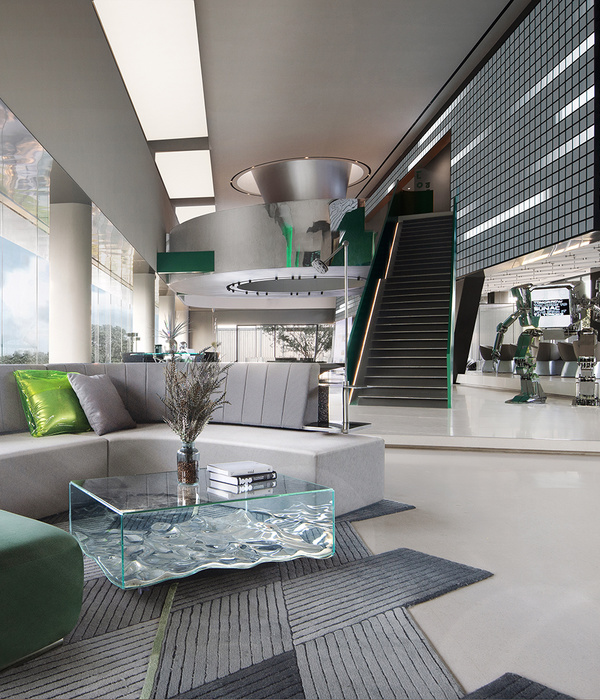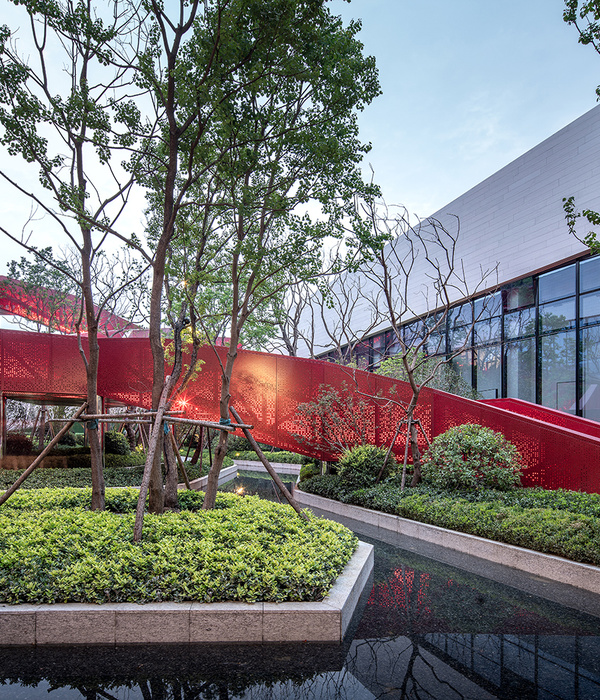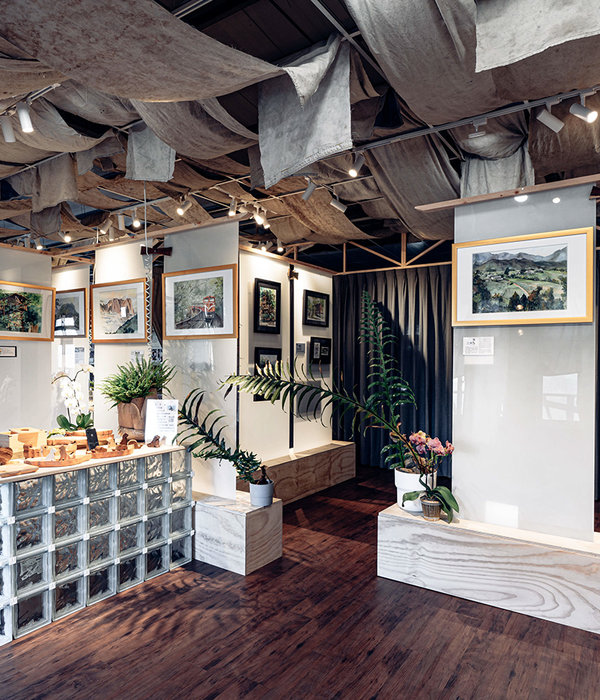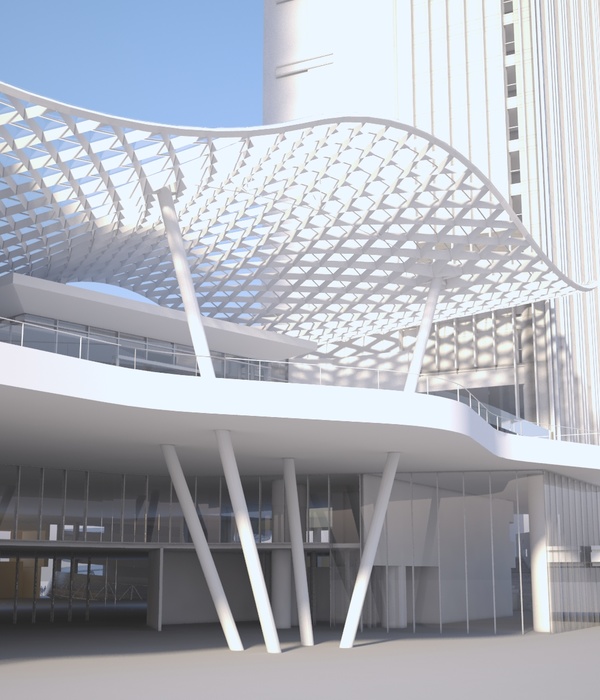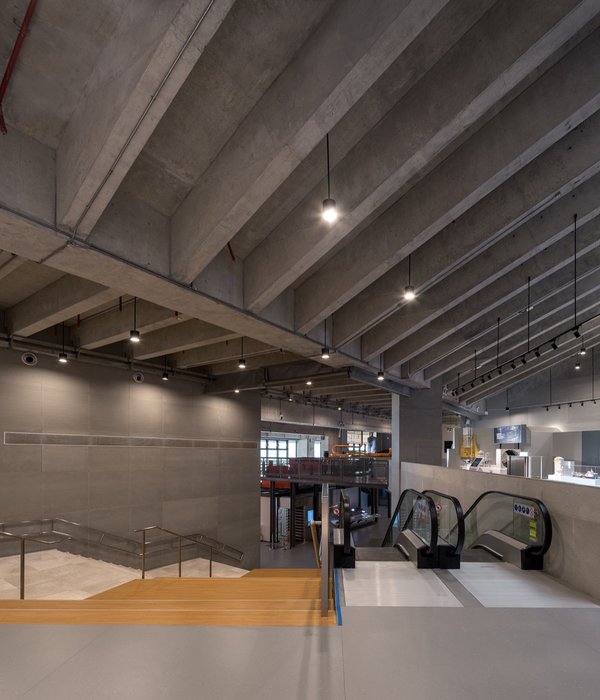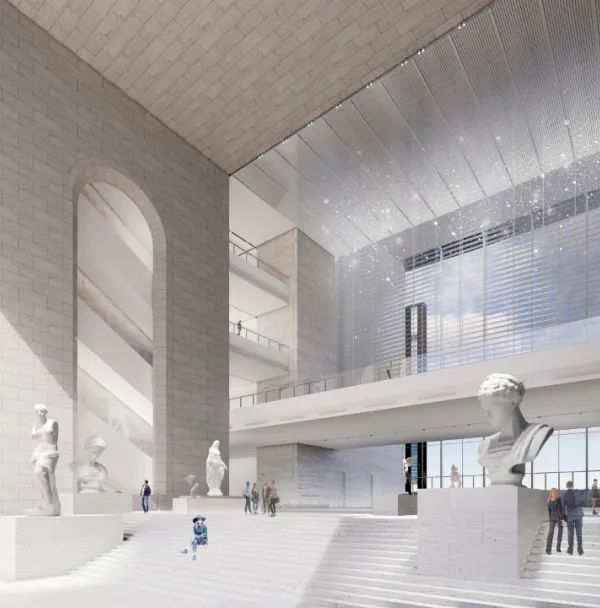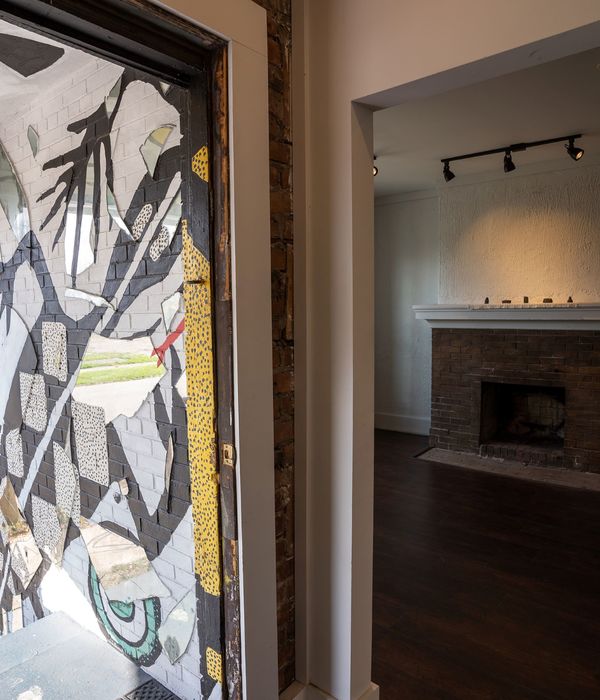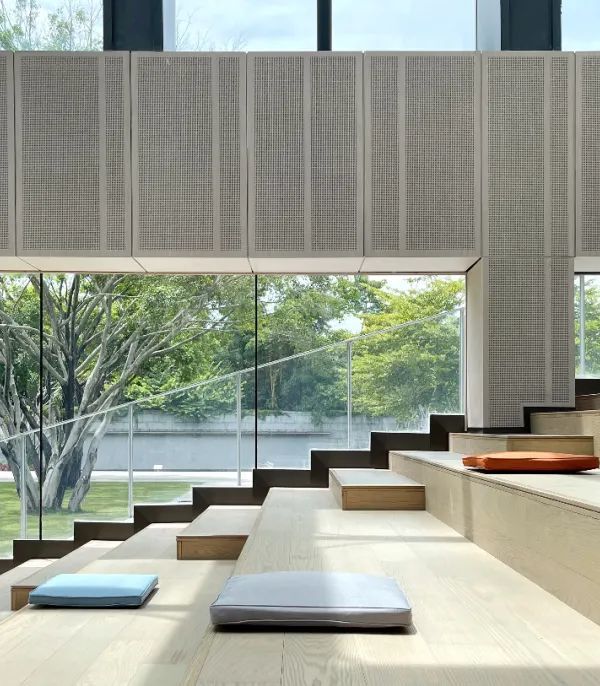In the thirteenth century, the construction works for a building from the Royal Shipyards of Barcelona started under Catalano-Argons monarchy’s control. The structure is formed based on linear warehouses, built with stone line arches, both longitudinally and transversely, which counteract each other. The result of this strategy was a vast building characterized by an isotropic interior space. The architectural principles are so powerful that were kept unchanged and settled the tone on the future enlargements of the building, leading to the biggest civil Gothic construction in Europe. It was declared as a National Monument and today it houses the Maritime Museum of Catalonia.
Previously from drafting the Reformation and Restoration Project about the architectural set of the Shipyards and Maritime Museum Restoration, archaeological investigation works were conducted in order to provide deeper information and understanding of older constructions. Thus, the project contemplates all aspects related to the refurbishment itself, with the enhancement of the buildings, working accurately with the internal and external spaces and with museology.
The old entrance of the Museum, which was located under one of the medieval towers, has been relocated to the XV century building, adjacent to the warehouse’s body, and placed on the back of the set. This has resulted in having a larger lobby and locates the administration offices, archives and library. The various rooms that make these units were made treating them as furnishing; closed elements, simple volumetrically within the large space of this building’s arches. Transparency has been the main design instrument that has allowed revaluing the isotropic space of the warehouses by displacing refurbishment of objects, models, ships and warehouses to the peripheral areas. Finally, the project aims to restore the medieval walls, the bastion and the gardens. Regarding to the museology, the objective is to establish a pedagogical organization designed so that visitors understand the main aspects of its history, technology and the arts of navigation, providing at the same time, other services and complementary activities.
{{item.text_origin}}




